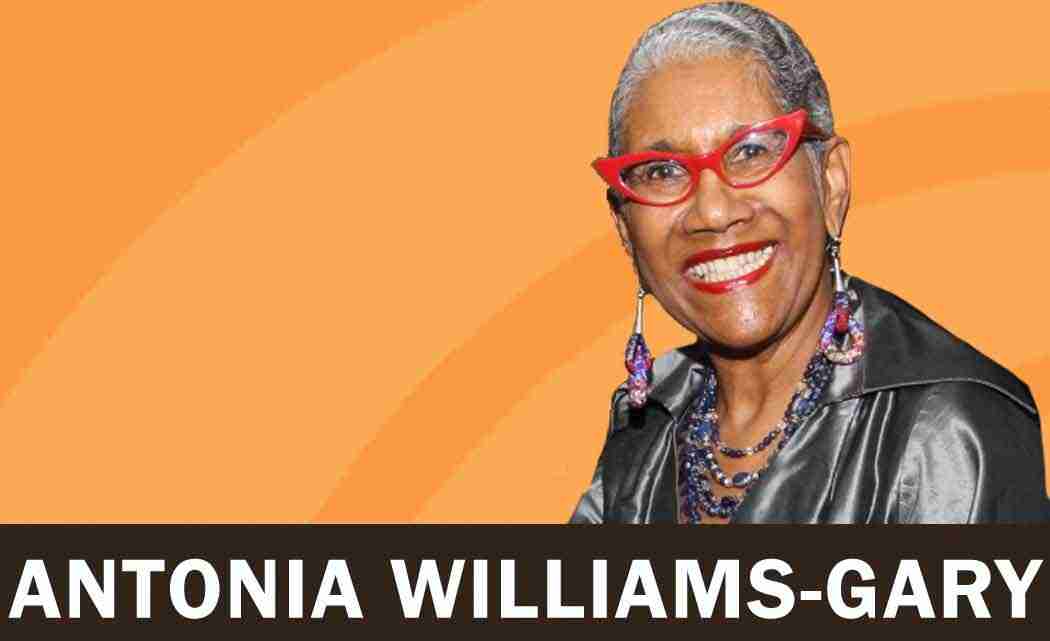By ANTONIA WILLIAMS-GARY
For years, I struggled with a clear and tenable definition of myself: I was born colored; became a Negro, then a Black person, and I now check the box for African-American. I didn’t like any.
I recently experienced two distinctively defining events: 1) my dad’s family reunion, and, 2) my visit to the Smithsonian’s African American History Museum.
From those, I now consider myself a displaced person.
Let me explain.
My ancestors were removed from their original place of origin. Forcefully? Yes. Those who survived, have had to adapt to artificial sets of circumstances; to contort to a strange, brutal environment; make a way out of no way.
Displaced. But with grit, gumption, and sheer human will to thrive against daunting odds. I enjoyed that exalting juxtaposition of events: intimate exchanges of family history/legacy, rubbed up against my experience at the Museum.
The first level takes you back to the 1400s the beginning of the Atlantic slave trade; escalating the exploitation of ongoing African slave trading.
The Museum shows how black Africans managed to survive the inhumanity and brutality of chattel slavery, who despite soul killing conditions, continued to thrive in an environment of persistent racism and denial of person hood, and became Americans.
The Museum’s journey is such, that if you don’t have a connection to a large family group, like mine, you can’t help but become connected to our collective experience and group memories of our damnable treatment in these United States of America.
The Museum guide announces at the start: “Remember, African American History is American History.”
Our family reunion is held every three years. It is a celebration of four major branches: Williams. Waymer. Murray. Carrion. I am a descendant of all four; but that’s a long story.
It is an unusual family grouping. Imagine having nearly 40 first cousins in the same elementary school, at once.
That is the way it was in Elloree, an Indian name meaning “the town love”, where four siblings- two Waymer girls who married two Williams boys (farmers); a third Waymer sister who married Rev. Wilborn, the local AME minister; and their brother in town, who issued all those children.My grandmother had the most: 12 live births, all but one living well into adulthood.
(Of note, Elloree, was a free town. Established in 1886 by the recently emancipated, dozens of Swiss-German families, surrounded by Santee and Yamasee tribes, as well as bands of other Native Americans).
Yes, we do a relationship ‘map’, but we do not ‘remove’ any one; everyone is a ‘cousin’, no matter how distant, and it’s always amusing to watch young relatives flirting with one another. It is inevitable for a small romance, or two, to bud during the dynamic weekend of hugs and kisses.
The family reunion, organized since the early 1980s, has come to resemble a small convention- peaking at 300 plus, whenever we return to the home state of South Carolina.
Ours is an established and very well documented history, illustrated with photos, early farm and land ownership documents; and, a family tree with nearly 1700 entries- and growing!
But the most fascinating history, tome, have always been the oral legends, told over and over to each successive generation by family ‘griots’, who reign supreme at these gatherings. This time, the oldest in attendance, at 95, was accompanied by legions of his branch. We paid homage to him and the legacy of his Carrion name, often told to be derived from a declaration to “Carry On”; attributed to their ancestor upon hearing about Lincoln’s proclamation of emancipation.
That story was repeated throughout the reunion. There were also stories about how certain members of the family joined in with Denmark Vesey’s rebellion; tales of near lynchings and burning the property of our biggest land-owner by poor, jealous, angry whites; reiterations of the legend of another ancestor who ran a white man off his porch, etc.
We started a new legacy at this reunion when we recorded testimony from family members who had served in the military; hoping that no one else would have to face the horrors of war.
These are stories of triumph, pride, courage, and survival of a displaced people.
I can’t help wonder what we all would have been like at ‘home’.While that African history is lost to us, we keep the legacy alive. And the miracle of it all is that the lineage of one of the four branches has not been broken since 1795!
My entire weekend can be summed in the following proclamation from James Baldwin: “The great force of history comes from the fact that we carry it within us and unconsciously are controlled by it in many ways; history is literally present in all we do.”
It matters that African American history is American history.
Your story matters.













No Comment